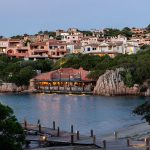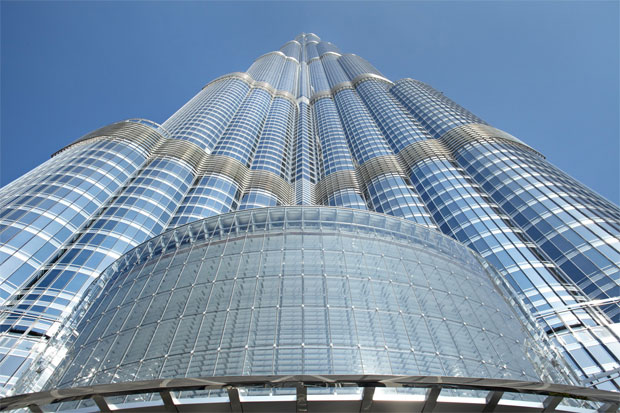
Technology is constantly evolving and it is changing the way we are building. Both architects and project managers can make a more informed decision about how a building is structured and can take into account many factors, such as climate, materials and overall building use. Here, Oasys, specialists in structure design software, look at some of the world’s most advanced buildings.
Read more after the jump: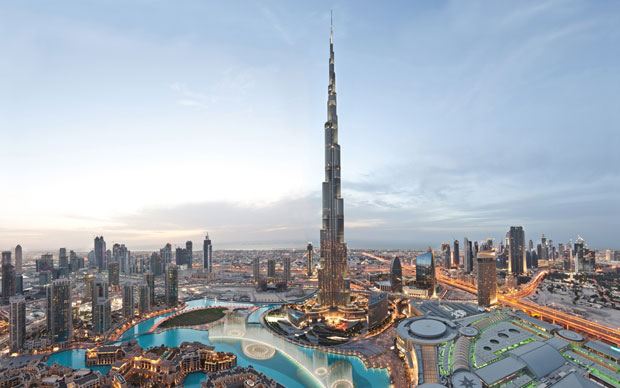
Dubai: Burj Khalifa
The Burj Khalifa, which is commonly called the Burj Dubai, stands at a staggering 2,722ft and is the world’s tallest structure. Starting construction in 2004 and finalising the project in 2008, many decisions had to be made to ensure that this neo-futurism structure was able to serve its purpose, acknowledging that it would be a free-standing building and understanding the hot climate it would be situated in.
All of Dubai is reliant on desalination plants to retrieve sea water and make it fresh. This is then pumped to skyscrapers, such as the Burj Khalifa, through a series of underground water networks. When the water hits the Burj, it is distributed to every corner of every floor on every level. However, with 163 floors, this can become a complicated process, which shows us just how special the Burj Khalifa actually is in terms of design.
Four architects worked on the structure and they decided that using a solitary pump would be dangerous because of the extreme pressure it would take to force water high up. This could lead to the pipes exploding. To counter this problem, they came up with a plan to help the water flow up the building in different stages.
From the tower’s basement, the water flows up to a reservoir station which is situated on the 40th floor. It then continues to a series of 200,000-gallon tanks until it reaches the top of the building. As the water reaches the top, the water then travels back down under its own weight — it is said that 946,000 litres of water are supplied per day which also helps the building stay cool in the hot climate.
When you think about Dubai being in the desert, trying to ensure that the building remains cool is crucial. Therefore, another water supply — an ice-chilled water system which is the first of its kind to be used in the Middle East —has also been implemented to enable substantial energy savings.
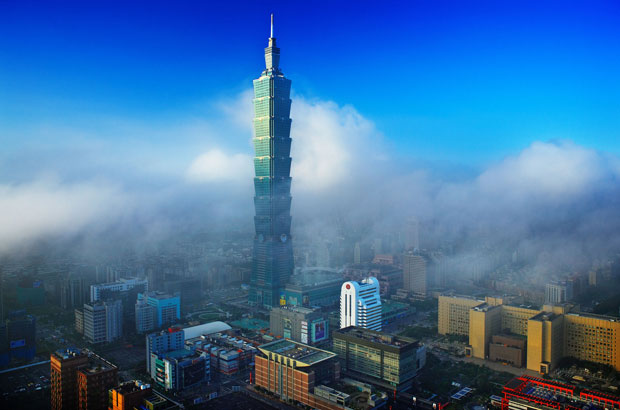
Taiwan: Taipei 101
The platinum certified Leadership in Energy and Environmental Design (LEED) build is next on the list. Once the tallest building in the world before the Burj Khalifa surpassed it in 2008, but it wasn’t just height that the Taipei 101 competed. Up until 2016, the structure had the fastest elevator on the planet, which could travel from the 5th to 89th floor in 37 seconds!
However, Taiwan has a mixture of edifices. It has traditional builds, like Fort Provintia,and ultra-modern constructions, like the Tuntex Sky Tower which looks as though it belongs in Batman’s Gotham City. But what makes it so spectacular? Starting construction in 1999 and ending in 2004, the Taipei has 101 floors (if the name had not given it away) and is 1,666 ft in height — but the environmental factors that took over its design has changed the way we build for good.
Taiwan is a hotspot for earthquakes and typhoons, so architects must combat these within their design. When it comes to Taipei 101, the structure can withstand high winds of 134 mph, which is due to the model prioritising resistance through the use of curtain walls, protected glass and high-performance steel. The walls can provide heat and ultraviolet protection by blocking external heat by 50%.
This building has 36 columns of steel, in which eight are called ‘mega columns’and have 10,000 pounds of concrete per inch. Within Taipei 101, there are outrigger trusses every eight floors which connect to the columns within the exterior to ensure secure resistance from probable natural disasters in and around Taiwan.
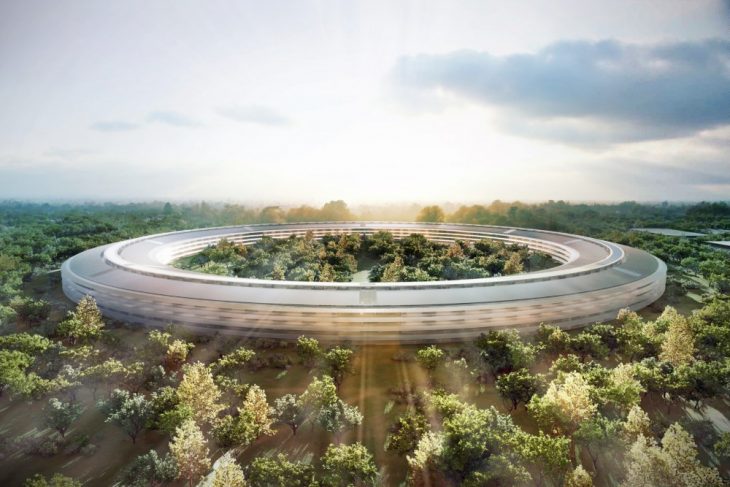
California: Apple Park, Campus 2
Tech-giant Apple has been revered as one of the most influential companies in the world, and recently moved premises. Worth a staggering $234.7bn, the company, which is now one of the biggest on the planet, was able to invest a further $5bn into a new building and move its tremendous workforce into a circular futuristic structure. The new office-space, which opened in April 2017 midway through construction, is made up of 175 acres — and is even bigger than The Pentagon.
This building is unique as its roof is made entirely of solar panels. This has allowed it to become one of the most efficient buildings in the world in terms of energy saving. The solar panels are capable of generating 17 megawatts of power (75% during peak daytime) and the company has aims to make the complex entirely powered by renewable energy in the future. Another four megawatts are powered through the use of biofuel and natural gas within the complex, using Bloom Energy Servers which are popular within the Californian region, with Google, Yahoo and Wal-Mart using them, too.
The design of this structure has highly prioritised the use of natural heating. ventilation and air control (HVAC). To achieve this, air is allowed to flow freely between the inside and outside of the building, which can help assist for nine months of the entire year — highlighting the importance of such features in the DNA of design.
As technology continues to advance, it’s likely that we will see new projects unveiled which will balance the aesthetics of design with the vital features they need to survive. For example, London is set to have 13 new skyscrapers by 2026 — we know that these will be designed to uphold the ethical requirements for a modern-day structure.


